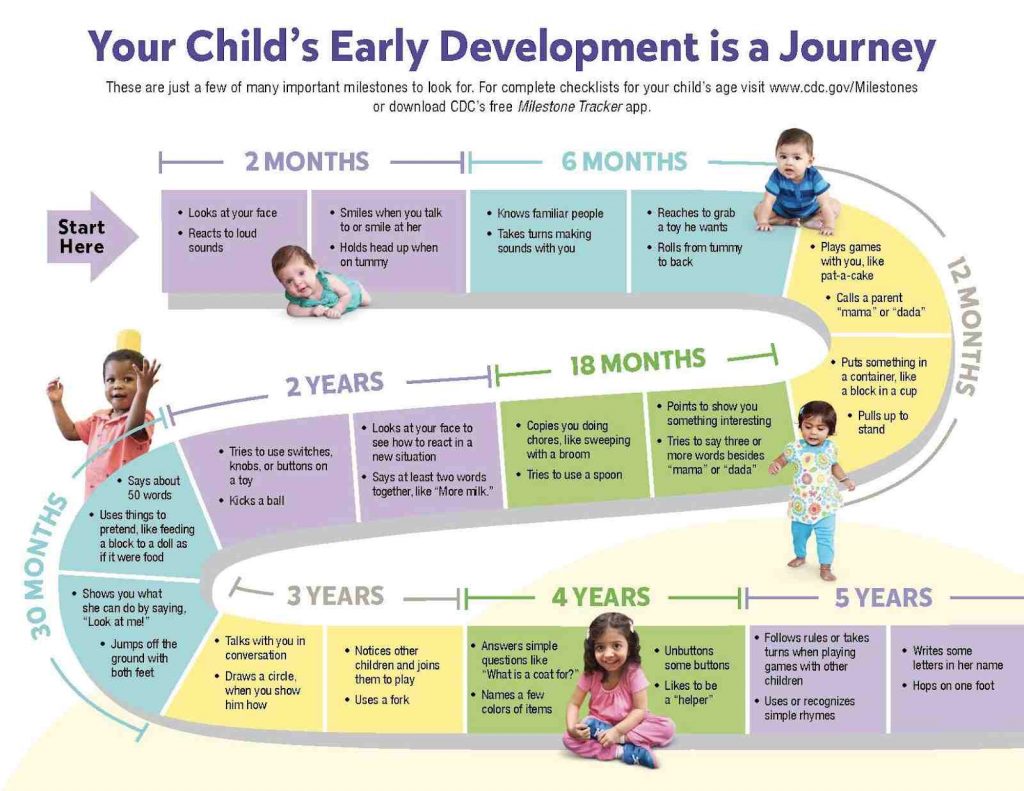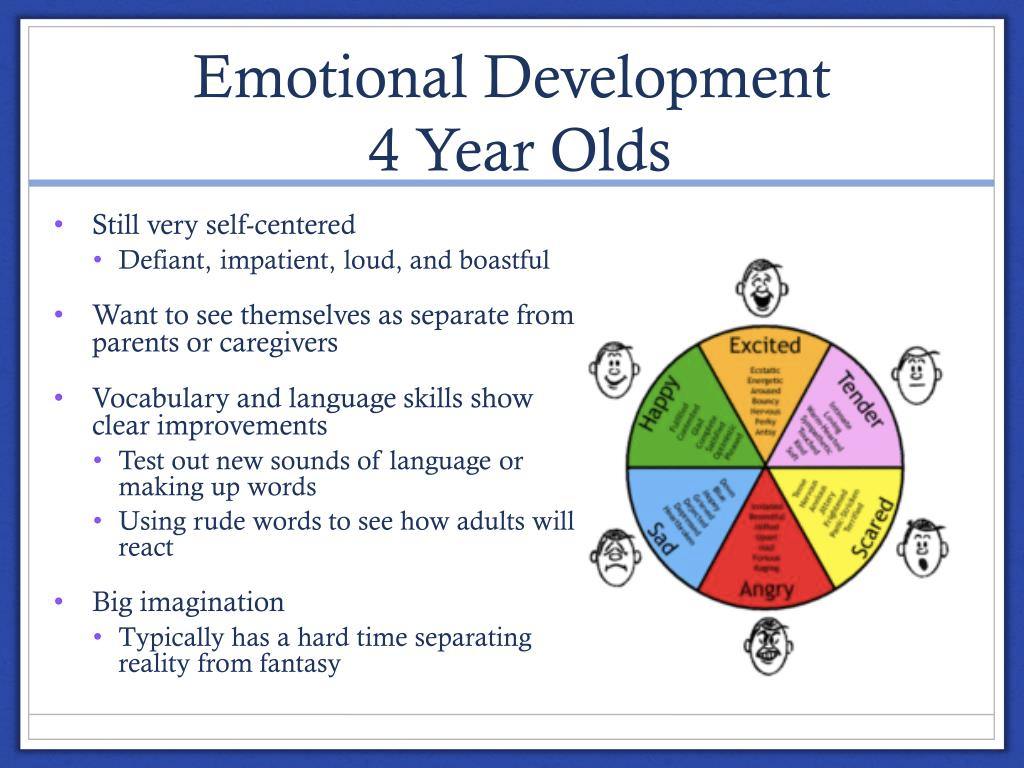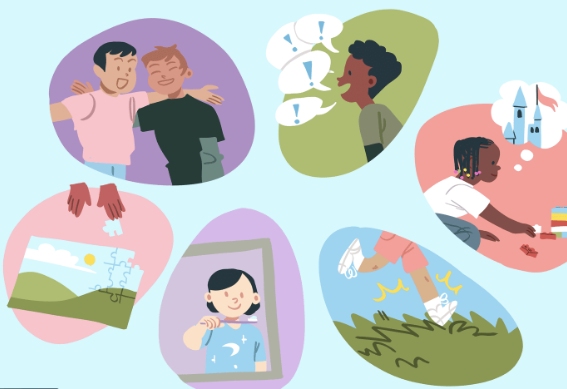Understanding the developmental milestones for 4 year olds is crucial for parents. It offers a roadmap to the physical, cognitive, emotional, and social achievements that most children reach at this age. Recognizing these milestones not only helps in monitoring a child’s growth and development but also enables early detection of any developmental delays, ensuring timely intervention and support.
Math & ELA | PreK To Grade 5
Kids see fun.
You see real learning outcomes.
Watch your kids fall in love with math & reading through our scientifically designed curriculum.
Parents, try for free Teachers, use for free
In this blog, we will dive deep into the world of 4-year-olds, exploring the key developmental milestones that mark this exciting age. If you’re a parent eager to support your child’s development and looking to nurture your 4-year-old’s potential, this guide is tailored to answer your questions.
What is Developmental Milestone?

A developmental milestone is like a checkpoint in a child’s growth that shows us the skills and behaviors they typically learn at certain ages. It’s a way to see how a child is doing in areas like speaking, moving, behaving, and interacting with others. These milestones help parents make sure their child is on track or if they might need a little extra help in some areas.
It’s important to remember that every child is unique and grows at their own pace. Some children might start talking early but take longer to start walking. Others might be quick to move but take their time to speak in full sentences. This variation is completely normal.
So, when we talk about developmental milestones, we’re looking at the big picture of a child’s growth. It’s not about ticking off each milestone right on schedule. Instead, it’s about noticing and celebrating each step a child takes, no matter when it happens.
A Comprehensive Look at Developmental Milestones for 4 Year Olds
1. Language and Cognitive Development for 4-Year-Olds
- Vocabulary Expansion
What to Expect: One of the most significant 4 year old milestones is the rapid expansion of vocabulary. Children at this age typically know over a thousand words.
Examples: They start using complex sentences that may combine more than one idea, such as “I finished my snack, and now I want to play.”
Give your child a head start with these ela games:
Related Reading: How to Improve Kids' Vocabulary: 11 Best Tips
- Sentence Structure
What to Expect: Improved sentence structure is a hallmark of language development for 4 year-olds. They begin to use grammar more accurately, including past tense, and can connect ideas using conjunctions like “and” or “because.”
Examples: You might hear a 4-year-old say, “I ran to the park, and I saw my friend.”
Start practicing sentence structure with these printable worksheets:
Related Reading: How To Make Simple Sentences For Kids
- Understanding Basic Concepts
What to Expect: Grasping basic concepts is another important milestone. Four-year-olds start to understand counting, time (morning, afternoon, night), and size differences (big and small).
Examples: They recognize opposites such as up and down or hot and cold, which shows their growing comprehension of the world around them.
Related Reading: Best Reading Comprehension Activities for Kids
- Problem-solving Skills
What to Expect: Enhanced problem-solving skills are evident as 4-year-olds become more curious and investigative, often asking “why” and “how” questions.
Examples: They might learn to solve simple puzzles or figure out how to build a stable tower with blocks.
Jumpstart your kid’s learning journey with these fun logic and thinking games:
2. Learning Milestones for 4 Year Olds
As 4-year-olds explore the world around them, they reach important learning milestones that set the foundation for future academic and life skills.
- Pre-literacy Skills:
At this stage, children start showing interest in books, stories, and recognizing letters. They might not be reading yet, but they understand that text carries meaning. Listening to stories and recognizing rhyming words are parts of pre-literacy development. Some 4-year-olds begin to recognize familiar signs and labels, like stop signs or their name. This familiarity with words and letters lays the groundwork for learning to read.
Start with these games:
- Numeracy Skills
Numeracy involves more than just counting. By age 4, children can usually count to at least 20 and start understanding concepts of more and less. They begin to grasp the idea of quantities and can sometimes recognize numbers out of sequence. Simple patterns catch their interest, and they might enjoy sorting objects by size, color, or shape, which are foundational math skills.
Begin here to give a head start:
Related Reading: Best Pre-k Math Tips To Develop Math Skills
- Following Multi-Step Instructions
The ability to listen to and follow multi-step instructions shows significant cognitive development. Four-year-olds can usually handle two or three-step directions, such as “pick up your toys, put them in the box, and then close the lid.” This skill is crucial for classroom learning and everyday life, helping them become more independent and capable of complex tasks.
The Role of Play: Play is not just fun for 4-year-olds; it’s a vital part of learning. Through play, children experiment with new concepts, practice language skills, and learn to cooperate with others.
Dramatic play allows them to explore different roles and perspectives, enhancing their creativity and emotional understanding. Building blocks and puzzles challenge their problem-solving skills and fine motor development. In essence, play is the natural way children explore and make sense of their world.
Related Reading: What Do Kids Learn in Preschool
3. Emotional Development of 4 Year Olds

At the heart of 4 year-olds development, emotional growth plays a vital role. As children reach this age, they hit important developmental milestones for 4 year olds that shape their feelings and relationships.
- Empathy: One of the remarkable milestones is the development of empathy. At this age, 4-year-olds start to understand and share the feelings of others. If they see a friend crying, they might try to comfort them or look for an adult to help. This shows they are beginning to see the world from someone else’s perspective.
Related Reading: Best Empathy Activities for Kids to Foster Kindness
- Self-Regulation: Another key aspect of 4 year olds development is learning self-regulation. This means they are getting better at controlling their emotions and behaviors. For example, they might take deep breaths when they’re upset instead of throwing a tantrum. Learning to pause and think before reacting is a big step for them.
- Identification of Feelings: Identifying their own feelings is also a crucial milestone. Four-year-olds become more skilled at naming their emotions, like saying they’re happy, sad, or angry. This helps them communicate their needs and feelings more clearly to others.
- Social Interactions and Friendships: The role of social interactions and forming friendships is significant at this age. Four-year-olds enjoy playing with others and can take turns and share, most of the time. Making friends and playing together teaches them cooperation, problem-solving, and empathy in real-life scenarios.
Related Reading: Fun Social Emotional Activities for Preschoolers
4. Physical Development of 4 Year Olds
For 4-year-olds, physical development takes big leaps forward. This stage of a child’s growth includes mastering new movements and refining skills they’ve already started to learn. Here’s how physical development for 4-year-olds typically unfolds:
- Fine Motor Skills: These skills involve the smaller muscles of the hands, fingers, and wrists. Fine motor development is crucial for tasks like drawing, writing, and using utensils. By the age of 4, children can hold a pencil with a proper grip, allowing them to draw circles, squares, and even some letters. They become more adept at using scissors, and mealtime sees them handling forks and spoons with greater control.
Begin with these games to give a jumpstart:
Gross Motor Skills: These are the big movements that use the large muscles in the arms, legs, and torso. At this age, children become more coordinated and confident in their physical abilities.
Running becomes faster and more stable, making games like tag even more fun. Jumping is a big part of a 4-year-old’s physical activity, whether it’s leaping from one spot to another or hopping on one foot. Climbing is another area where they excel, tackling playground equipment with enthusiasm and improved skill.
Physical activity is vital at this stage not just for improving motor skills but for overall health. It helps 4-year-olds build strong bones and muscles, maintain a healthy weight, and even sleep better. Encouraging a variety of physical activities ensures they develop a broad range of motor skills and fosters a lifelong habit of staying active.
Related Reading: Best Outdoor Activities for 4 Year Olds to Have Fun With
How to Help Your 4-Year-Old Learn and Grow?
Helping your 4-year-old learn and grow is all about providing them with opportunities to explore, discover, and practice new skills. Here are some simple and effective ways to support their development and ensure they’re hitting those important developmental milestones for 4 year olds:
1. Read Together Daily: Reading isn’t just about storytelling; it’s a fundamental part of language development. It introduces new vocabulary, enhances listening skills, and fosters imagination. Make reading a daily habit, and choose books that are engaging and age-appropriate. Ask questions about the story to improve comprehension and encourage your child to predict what might happen next.
2. Encourage Play: Play is a critical part of learning at this age. Through play, children understand the world around them, learn to solve problems, and develop social skills. Offer a variety of toys and games that cater to different aspects of development, such as puzzles for problem-solving, dress-up clothes for imaginative play, and sports equipment for physical growth.
3. Practice Counting and Number Games: Integrating numbers into everyday activities helps build numeracy skills. You can count steps, toys, or even pieces of fruit together. Simple board games can teach counting and taking turns, while cooking together can introduce concepts of measurement and quantity.
Related Reading: Best Hands-On Measurement Activities for Kids
4. Explore Nature: The natural world is a vast classroom. Going on nature walks, visiting parks, or simply playing in the backyard can stimulate curiosity and provide practical lessons in science and the environment. Encourage your child to observe, ask questions, and explore the textures, colors, and patterns they find.
5. Encourage Creative Expression: Arts and crafts activities are excellent for fine motor development and creativity. Provide materials like crayons, markers, playdough, and construction paper, and let your child’s imagination run wild. Don’t worry about the mess; focus on the fun and learning opportunities it provides.
6. Set Routine and Structure: Consistency and routine give children a sense of security and help them understand expectations. Incorporate learning activities into your daily routine in a way that feels natural and enjoyable rather than forced.
Related Reading: Best and Fun Learning Games for 4 Year Olds
Conclusion
Understanding and supporting the developmental milestones for 4 year olds is key to nurturing their growth and learning. By recognizing these milestones, we can provide the right environment, activities, and encouragement that 4-year-olds need to thrive.
Related Reading: How to Create After School Schedule for Kids
Frequently Asked Questions (FAQs)
What cognitive skills should a 4 year old have?
A 4-year-old should be able to use their imagination, solve simple puzzles, understand the concept of time (like morning and night), and follow three-part commands. They also start asking lots of “why” questions, showing their curiosity about the world.
What 4 year olds should know?
By the age of 4, children should have a basic understanding of simple concepts like shapes, colors, and numbers up to at least 10. They should also be able to speak in complete sentences, follow multi-step instructions, and express their needs and feelings verbally.
What are typical social emotional milestones for 4 year olds?
Socially and emotionally, a 4-year-old starts to develop better self-control and empathy. They can take turns, share with guidance, express a wider range of emotions, and show concern for others. Friendships become more important and stable.
Should 4 year olds be able to write letters?
Some 4-year-olds can write a few letters, especially those in their name. However, abilities vary widely, and it’s fine if a child is not writing letters yet. It’s more important that they’re developing the fine motor skills needed for writing, like holding a pencil correctly.













































